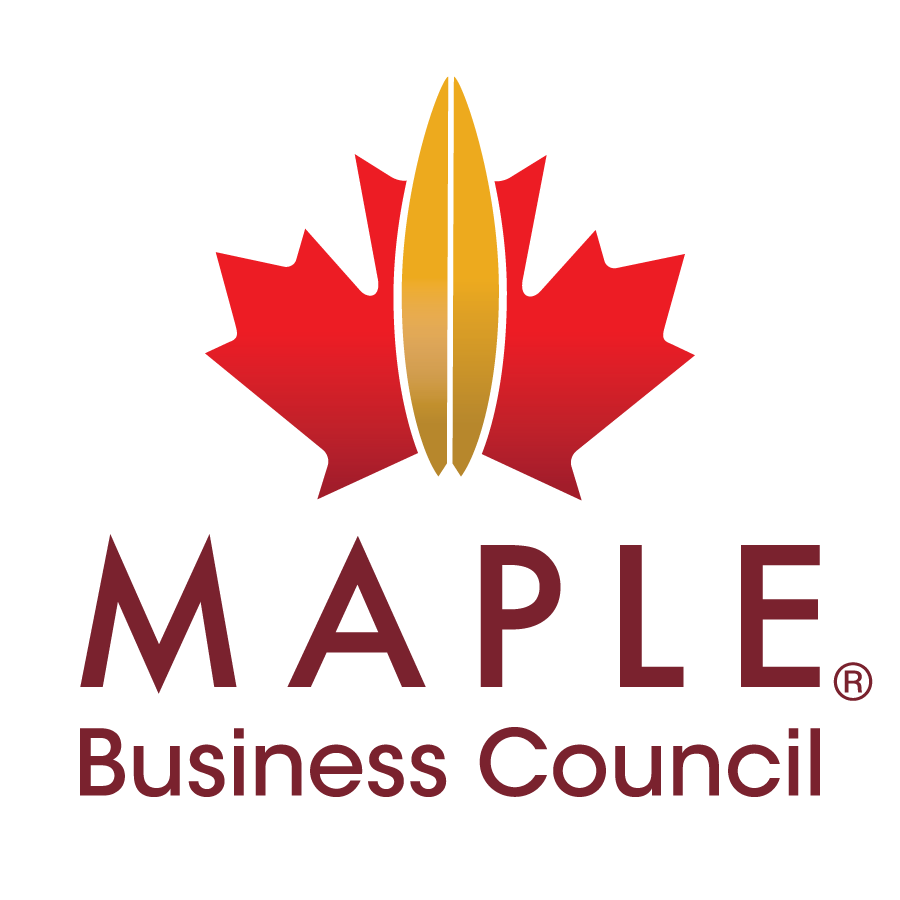The Fighting Against Forced Labour and Child Labour in Supply Chains Act
Authors: Lindsay Clements, Partner; Jennifer Wasylyk, Partner, Cassels Brock & Blackwell LLP.
On January 1, 2024, Canada’s modern slavery legislation, the Fighting Against Forced Labour and Child Labour in Supply Chains Act (the Act), came into force. With the Act, Canada introduced reporting obligations to combat modern slavery in the supply chains of many businesses and other “entities” with connections to Canada.
Given the fast-approaching deadline (of May 31, 2024) for the initial report under the Act, businesses should prioritize determining whether they have a reporting obligation under the Act and, if so, gathering the information that they require in order to prepare their initial report.
Who does the Act apply to?
The Act applies broadly to “entities” that:
produce, sell, or distribute goods in Canada or abroad;
import goods produced abroad into Canada; or
control an entity engaged in these activities.
An “entity” is a corporation, trust, partnership, or other unincorporated organization that:
is listed on a stock exchange in Canada; or
has a place of business in Canada, does business in Canada or has assets in Canada, and satisfies at least two of the following in at least one of the two most recent financial years, based on its consolidated financial statements:
had at least $20 million in assets;
generated at least $40 million in revenue; or
employed an average of at least 250 employees.
Public Safety Canada has released guidance (the Guidance) about the application of the Act, which includes commentary in respect of several of these items. Companies should consider this commentary in determining whether the Act applies to them. For instance, although the Act does not prescribe a minimum threshold value of goods that an entity must produce, sell, distribute, or import in order for the Act to apply, the Guidance indicates that the Act should be read as excluding very minor dealings.
What needs to be reported under the Act?
Annual reports need to include the following information:
the steps taken to prevent and reduce the risk of forced or child labour in the entity’s production of goods or in the productions of goods imported into Canada by the entity;
the entity’s structure, activities and supply chains;
the entity’s policies and due diligence processes relating to forced and child labour;
the parts of the entity’s business and supply chains that carry a risk of forced or child labour;
measures taken to remediate forced or child labour and loss of income to the most vulnerable families resulting from measures taken to eliminate forced or child labour;
training provided to employees; and
how the entity assesses its effectiveness in ensuring that forced and child labour are not used in its businesses and supply chains.
What is the filing deadline?
Entities to which the Act applies are required to file a report with the Canadian Minister of Public Safety and Emergency Preparedness by May 31 of each year, beginning May 31, 2024, and to publish such report on a prominent place on their website. Such report will also be made available to the public through an online registry. Entities incorporated under the Canada Business Corporations Act, or any other Canadian federal legislation will also need to provide such report to their shareholders with their annual financial statements.
Entities who fail to comply with the provisions of the Act or who knowingly make a false or misleading statement may be subject to fines of up to CAD$250,000. The directors, officers, and agents of the offending entity could also be held personally liable if they ordered or authorized the infringement or consented to or participated in the same.
Other considerations?
In addition to the annual reporting requirement under the Act, the Guidance introduces a comprehensive online questionnaire (the Questionnaire) that reporting entities are required to complete as part of the process of submitting a report to the Minister of Public Safety. Failure to complete the Questionnaire is an offence under the Act, subject to the same penalties as failure to file a report.
The Questionnaire is designed to collect the information necessary to satisfy the requirements under the Act. Accordingly, the Questionnaire can be used as a guide to develop the entity’s annual report. The Guidance also confirms that there is no prescribed level of detail for Questionnaire responses or the report. Instead, entities should use discretion in determining the appropriate level of detail proportionate to their size and risk profile. However, information provided in the Questionnaire must be consistent with the information provided in an entity’s report.
Reports must be approved by the entity’s governing body and include an attestation (the required form of which is provided in the Guidance) signed by one or more members of the entity’s governing body, together with the approving member’s name and title, the date of signature and a statement that the approving member has the legal authority to bind the entity.
Reports must be in English and/or French and the Guidance provides they cannot exceed 10 pages in length (or 20 pages in length if the report is in both English and French) and must be submitted as a PDF file which does not exceed 100MB.
An entity may submit a joint report covering its own actions and those of any entities it controls. However, the Guidance provides that a joint report should only be submitted if the information provided applies generally to all entities covered by the report.
Next steps?
Given the scope of information that must be reported under the Act and the diligence and resources that may be required to gather such information, businesses within the scope of the Act should be gathering the information required to prepare and submit their initial report before the May 31st deadline.


